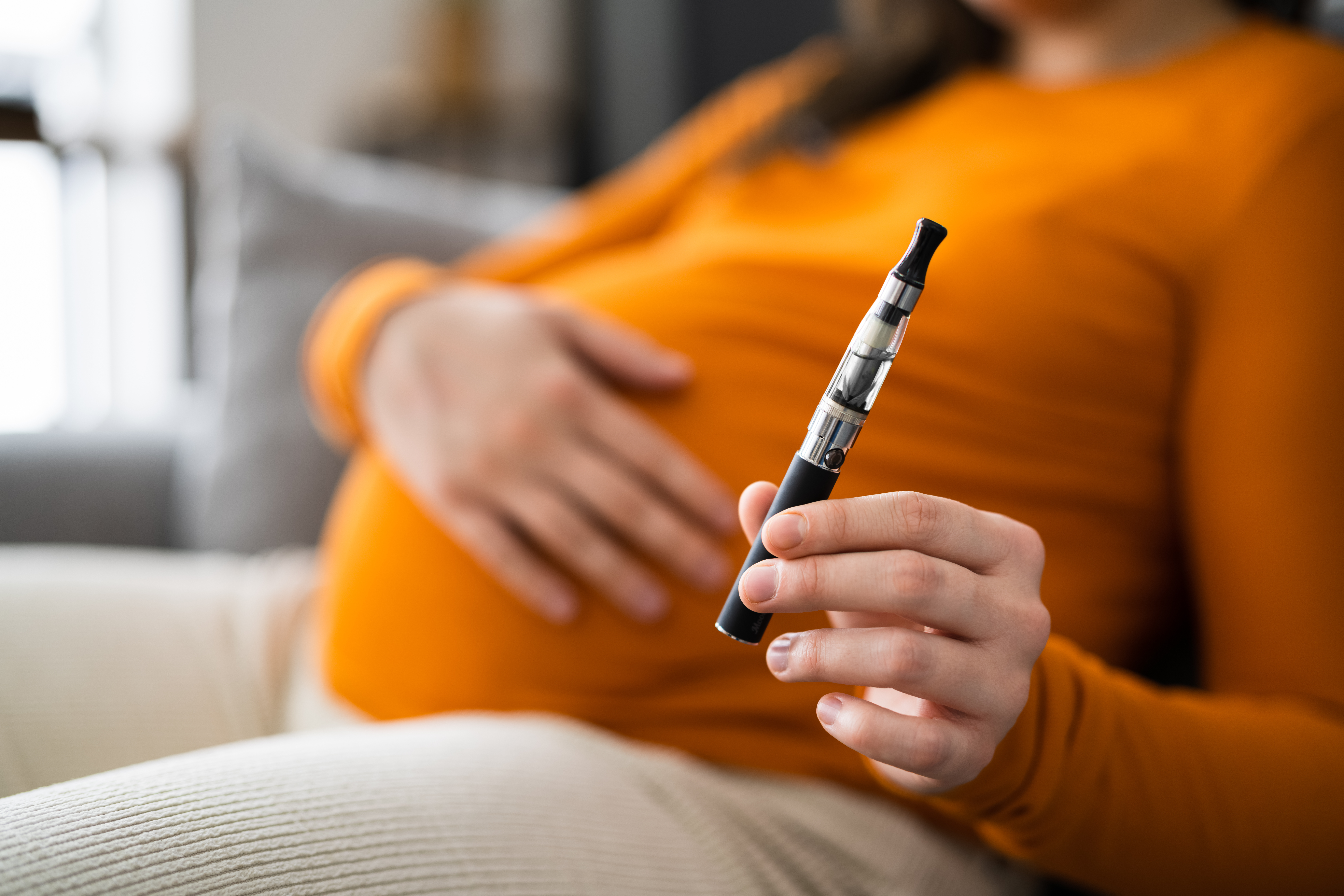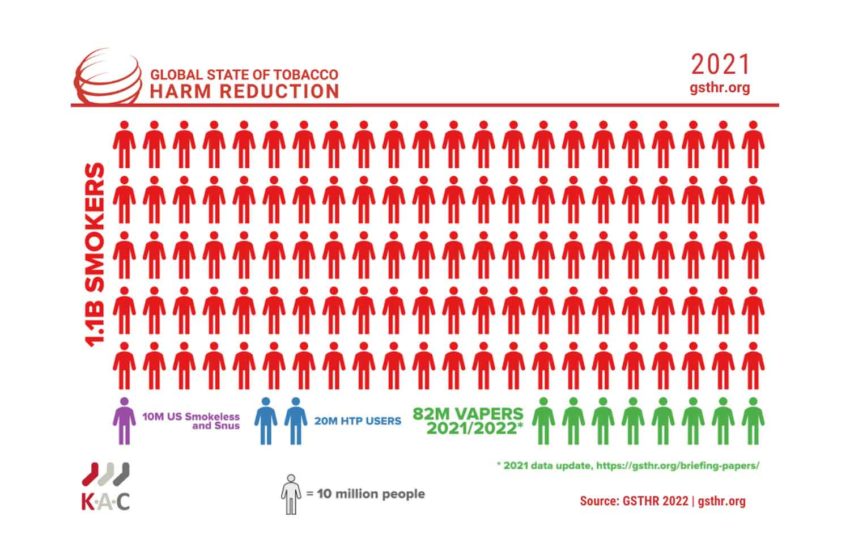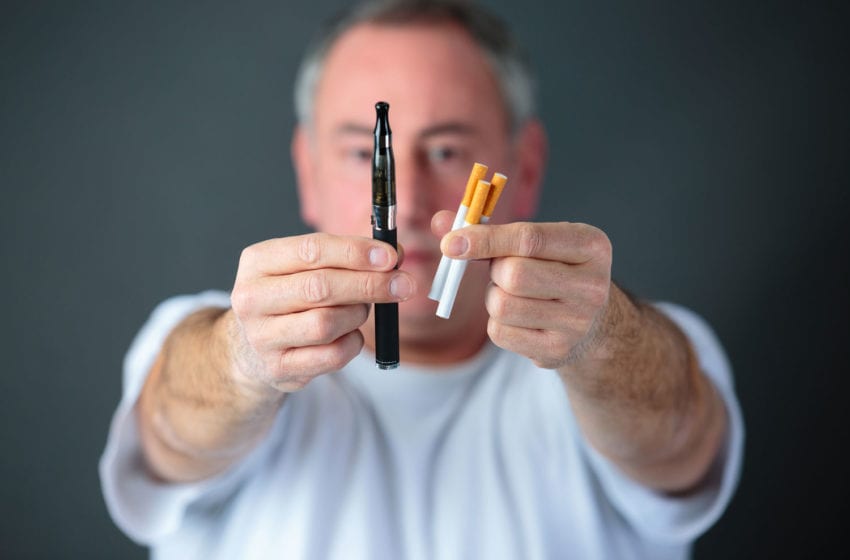
New research reveals that e-cigarettes are as safe to use as nicotine patches for pregnant smokers trying to quit and may be a more effective tool.
Quitting smoking is difficult. For smokers who become pregnant, not quitting smoking in pregnancy can increase the risk of outcomes including premature birth, miscarriage and the baby having a low birth weight, according to a story in The Guardian.
“Many pregnant smokers find it difficult to quit with current stop smoking medications including nicotine patches and continue to smoke throughout pregnancy,” said Dr. Francesca Pesola, an author of the new study who is based at Queen Mary University in London.
While e-cigarettes have been found to be more effective than nicotine patches in helping people quit, Pesola noted there has been little research into their effectiveness or safety among pregnant women, despite an increase in use by expectant mothers.
Writing in the journal Nature Medicine, Pesola and colleagues describe how they randomly assigned 569 pregnant smokers to use e-cigarettes and 571 to use nicotine patches – a form of nicotine replacement therapy that can already be prescribed by during pregnancy. The participants were, on average, 15.7 weeks pregnant and smoked 10 cigarettes a day.
Only 40 percent of those given e-cigarettes and 23 percent of those given patches used their allocated product for at least four weeks. However, both uptake and duration of use during the study was higher among those given e-cigarettes.
After excluding participants who self-reported not smoking but who used nicotine products other than those allocated to them – for example those given patches group who used e-cigarettes – the team found those given e-cigarettes appeared to do better at quitting smoking.





















